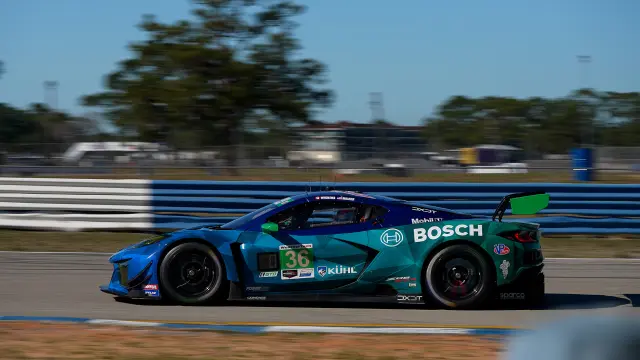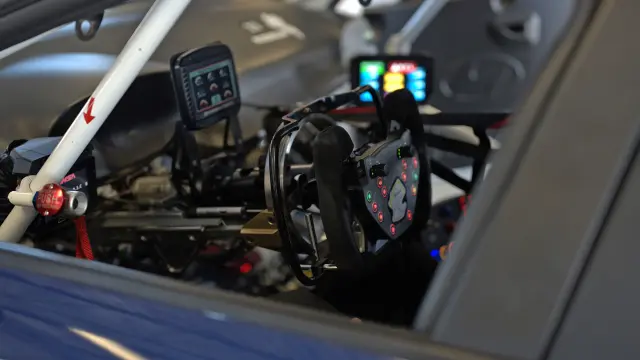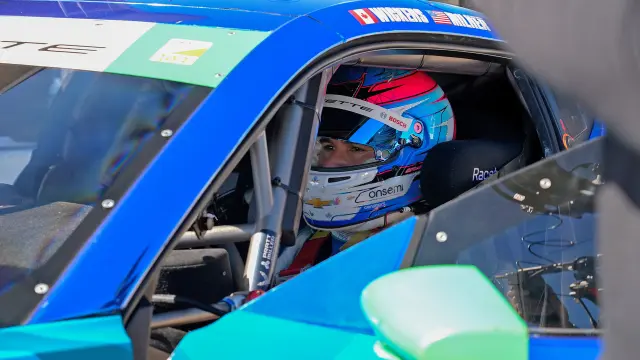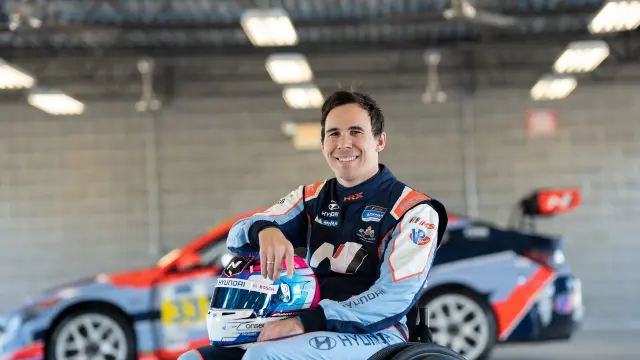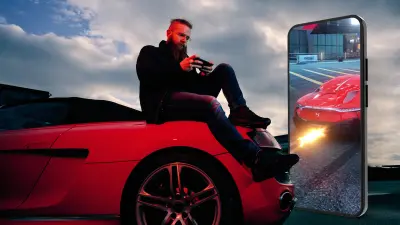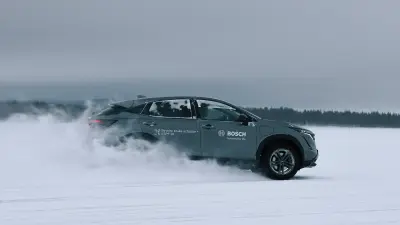Back in the race
The return of paralyzed driver Robert Wickens with a hand-controlled braking system
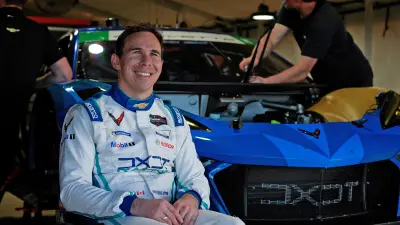
Bosch has always aspired to solve challenges with pioneering technology, making things possible that others would have declared impossible. As in the case of Canadian racing driver Robert Wickens, who survived a horrible highspeed accident that left him paralyzed. Now he is back in the cockpit, supported by an innovative braking system that he controls with his hands instead of his feet, perfectly adapted to his driving style. Developed by Bosch Motorsport.
One moment that changed everything and a technology that now changes everything
In August 2018, the IndyCar race at Pocono / Pennsylvania was overshadowed by a dramatic accident. Driver Robert Wickens collided with an opponent on the very first lap and was spun through the air in his vehicle.
Two things were certain after that day. Firstly: Wickens could no longer move his legs. Secondly: He never doubted for a single second that he would one day be back behind the wheel and racing again. However, his ambitious path from the wheelchair back to the cockpit required the solution to one problem: How would he be able to drive a racing car without using his feet? After three years, during which he mainly took care of his private life, got married and became a father, his former IndyCar colleague Bryan Herta familiarized him with a hand-controlled driving system. “By the second test lap with the system, I knew that my career would continue,” says Wickens. And so it was.
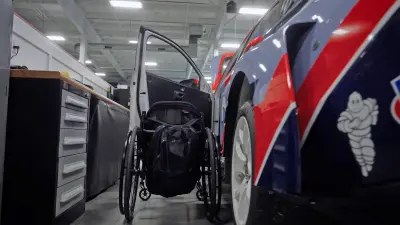
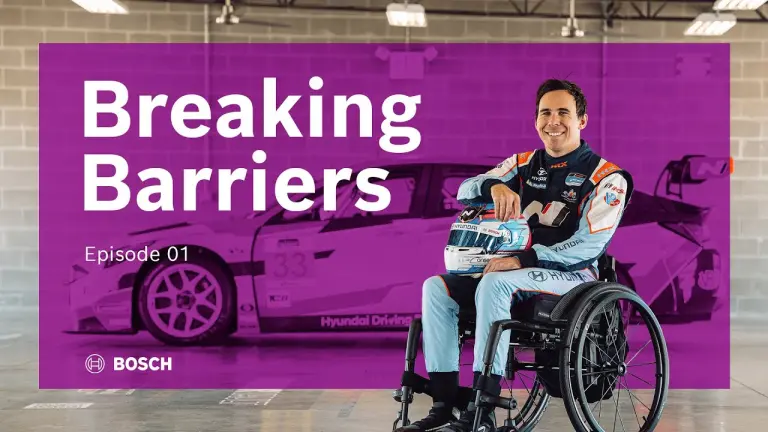
Loading the video requires your consent. If you agree by clicking on the Play icon, the video will load and data will be transmitted to Google as well as information will be accessed and stored by Google on your device. Google may be able to link these data or information with existing data.
Always thinking about tomorrow — what Robert Wickens and Bosch Motorsport have in common
Developing innovations to life's challenges is firmly rooted in the DNA of Bosch. In the motorsport sector, Bosch has always stood for setting new standards, driven by passionate experience. So it seemed a logical step to join forces with Robert Wickens to develop a state-of-the-art hand control braking solution.
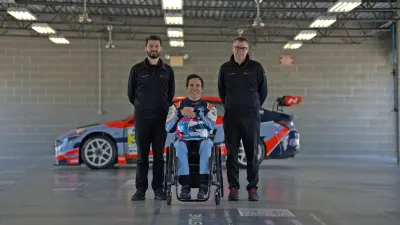
In 2022, Wickens returned to racing as part of Bryan Herta Autosports in the IMSA Michelin Pilot Challenge, driving a Hyundai Elantra N TCR, using a hand control system. But even though he drove excellent races, his controls were not advancing at the same rate that his driving required. Wickens was looking for a system that was specially tailored to him and technically advanced. That's why he turned to Bosch Motorsport.
Ready for a new challenges
Bosch Motorsport associates worldwide were enthusiastically involved in the development of the new revolutionizing system. Everyone was proud to play a part in this incredible project by sharing their experience in braking technology and vehicle control. With the aim of equipping Robert Wickens in the best possible way for upcoming races, paving his way to the top.
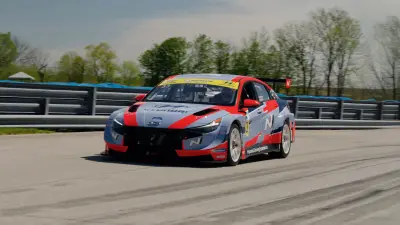
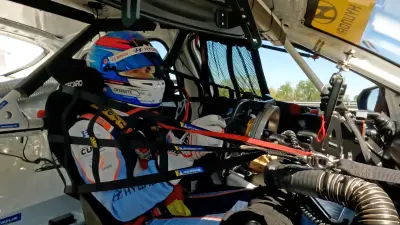
An impressive debut in the world’s toughest street circuit
On April 12, 2025, the time had finally come: The Acura Grand Prix of Long Beach / California, marked Wickens' start with the new Bosch system, deeply integrated into his specially modified Chevrolet Corvette Z06 GT3.R, operated by DXDT Racing. The only goal was to "leave the race with the head held high". And the signs were good: Wickens set best time in the second practice session. And in qualifying, he was only half a second off pole position. The fact that it was only enough for 15th place in the end does not detract from this strong performance. Firstly, the mandatory driver change in the race cost valuable time, as Wickens had to be lifted out of the car. There were more complex procedures that will be optimized in the next races. Secondly, his team-mate Tommy Milner was hit in the rear during an overtaking maneuver, which meant a repair stop.
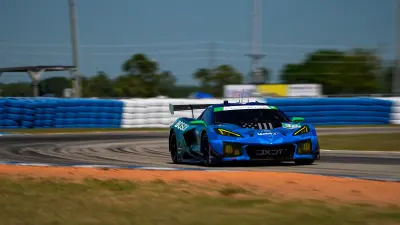
The most important insight, however, was that the new Bosch Motorsport electronic braking system worked perfectly and flawlessly throughout. “The speed was there, the tools were right”, says Bosch Motorsport engineer Jordan Smart. And so the team is looking forward to the next races, in which Robert Wickens can prove that he is not only “back on track”, but also still one of the best.
Coming home: Wickens races in Canada
The Chevrolet Grand Prix will take place in Bowmanville, Ontario, from July 11 to 13, 2025, making it Robert Wickens' home race in Canada. Driver and team are optimally prepared, have improved processes, trained hard and can be sure of one thing: The most advanced hand control braking system in the world, used by the perhaps most passionate racing driver of our time.
